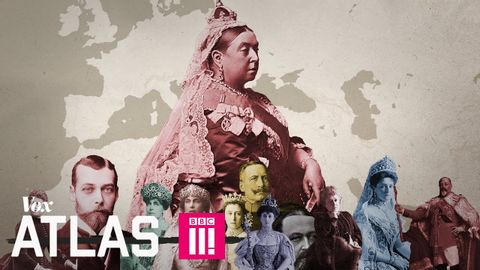
Subtitles & vocabulary
The royal weddings that shaped European history
00
hsin641810 posted on 2018/07/08Save
Video vocabulary
force
US /fɔrs, fors/
・
UK /fɔ:s/
- Noun
- Group of persons trained for military action; army
- Pressure; attraction
- Transitive Verb
- To use physical strength or violence to persuade
- To break open (something) using force.
A1
More political
US /pəˈlɪtɪkəl/
・
UK /pəˈlɪtɪkl/
- Adjective
- Being active or interested in government matters
- Diplomatic
A2
More grip
US /ɡrɪp/
・
UK /ɡrɪp/
- Verb (Transitive/Intransitive)
- To hold someone's interest
- To hold something in your hand very firmly
- Noun (Countable/Uncountable)
- Strong understanding of an idea
- Control over something or someone
A2
More vision
US /ˈvɪʒən/
・
UK /'vɪʒn/
- Uncountable Noun
- Ability to see; eyesight
- Something you see in your imagination or dreams
A2
More Use Energy
Unlock All Vocabulary
Unlock pronunciation, explanations, and filters
